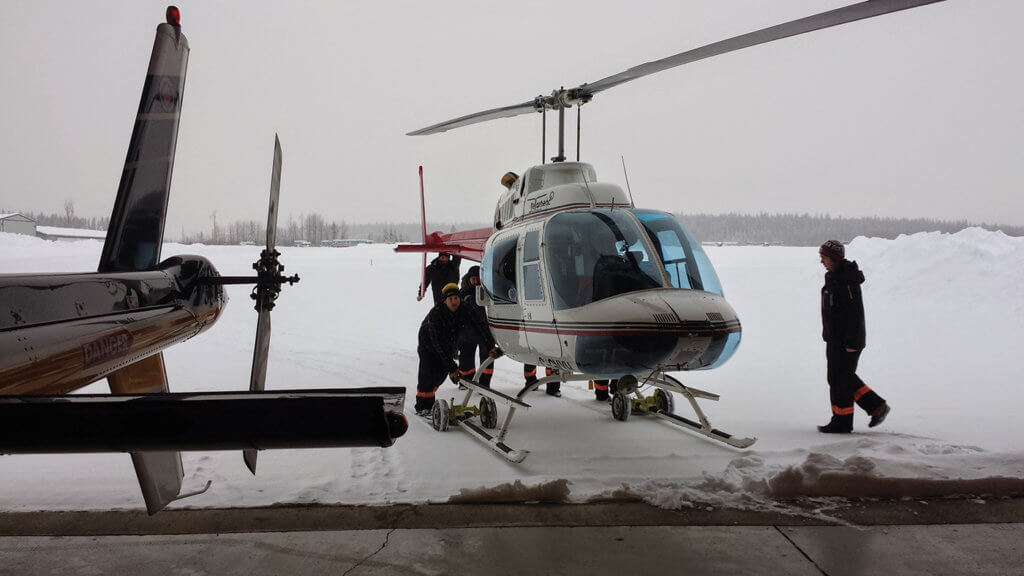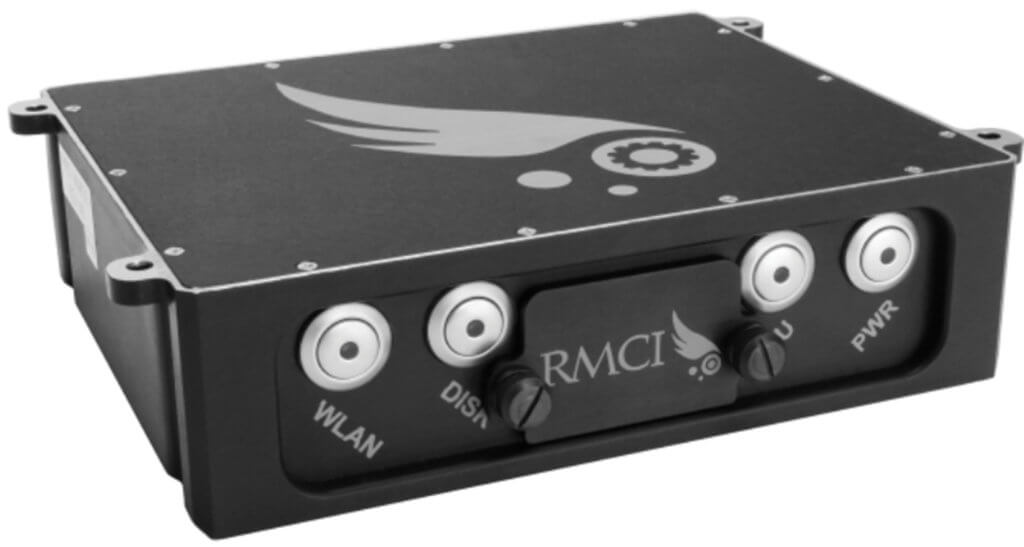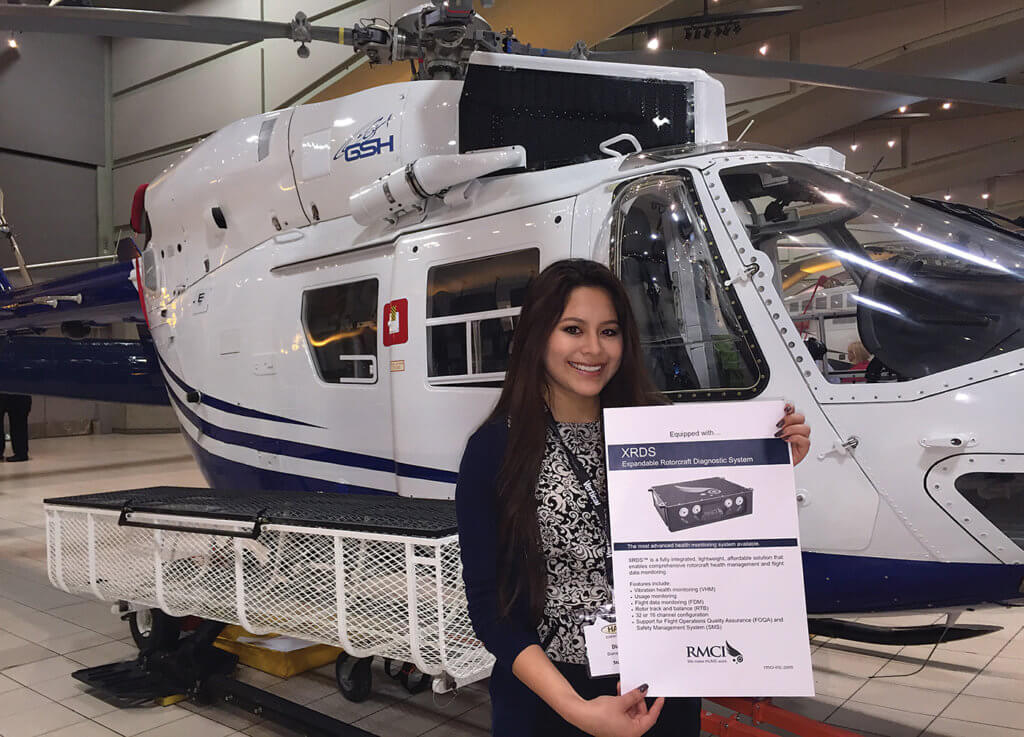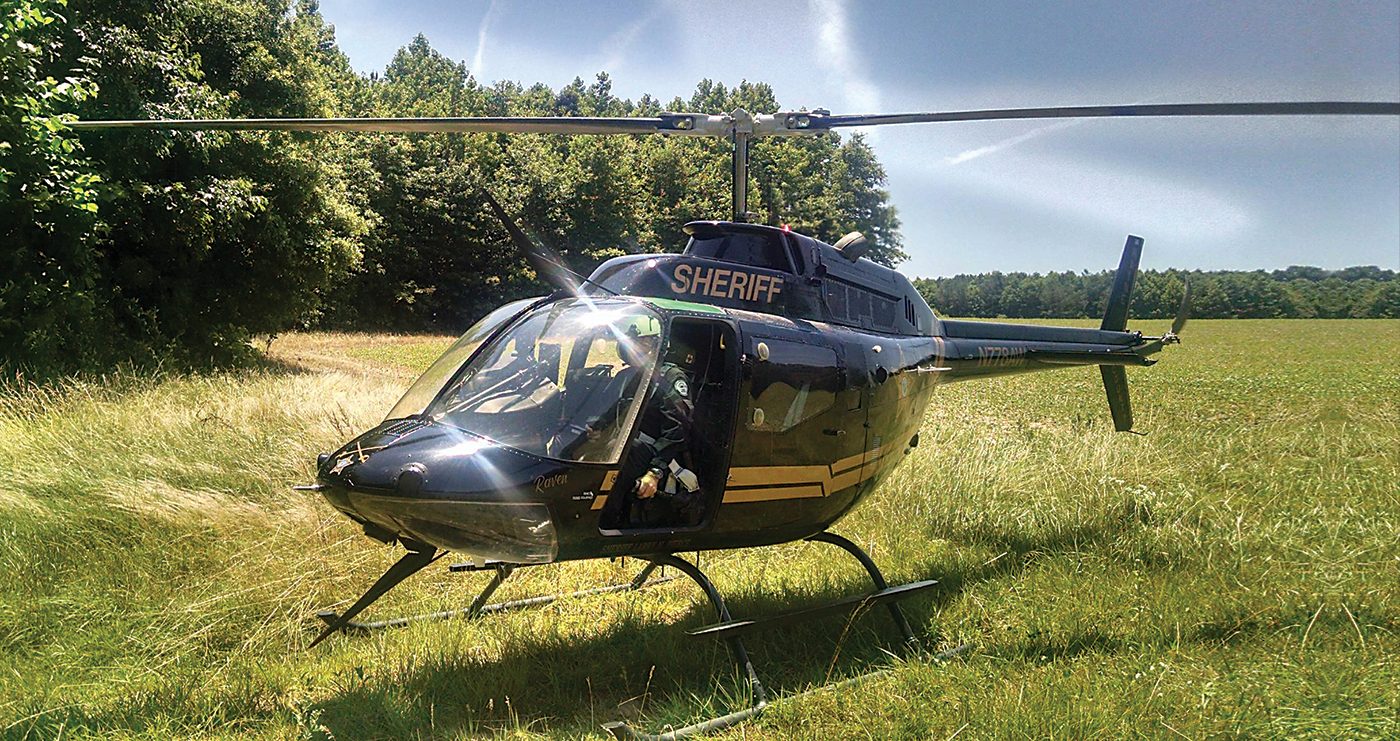If left undetected, the smallest faults that occur in a helicopter can result in lost time, lost revenue, and even catastrophic failures, such as a failing bearing that causes irreversible damage to the main rotor system. Such failures can cause aircraft on ground (AOG) situations, put lives and aircraft at risk, and all because the initial minor causes went undetected, undiagnosed, and untreated.
 Typically, the pending failure of such small parts is signalled to helicopter operators through subtle but unmistakable vibrations and noises — but only if they can detect them. Fortunately, these operators can do so if their helicopters are equipped with the compact Expandable Rotorcraft Diagnostic System (XRDSTM) health monitoring system.
Typically, the pending failure of such small parts is signalled to helicopter operators through subtle but unmistakable vibrations and noises — but only if they can detect them. Fortunately, these operators can do so if their helicopters are equipped with the compact Expandable Rotorcraft Diagnostic System (XRDSTM) health monitoring system.
Made by Huntsville, Alabama-based technology company RMCI, the XRDS box weighs just two pounds and measures 2.1 inches by 6.7 inches by seven inches in size, making it light and small enough to install in any helicopter.
But inside this small case is tremendous health monitoring performance. This performance is complemented by RMCI’s 10 years of experience monitoring and diagnosing 3,000 military helicopters. RMCI facilitated the improvement of diagnostic accuracy, user experience, and advanced the science of the technology for the U.S. Army.
 “Drawing upon our solid foundation of technical expertise in aircraft diagnostics, RMCI’s XRDS covers three distinct health monitoring functions for commercial helicopters,” said Lance Antolick, RMCI’s vice president of engineering. “Using a range of RMCI-supplied sensors, XRDS covers vibration health monitoring, flight data monitoring, and advanced rotor smoothing.”
“Drawing upon our solid foundation of technical expertise in aircraft diagnostics, RMCI’s XRDS covers three distinct health monitoring functions for commercial helicopters,” said Lance Antolick, RMCI’s vice president of engineering. “Using a range of RMCI-supplied sensors, XRDS covers vibration health monitoring, flight data monitoring, and advanced rotor smoothing.”
“Because XRDS is actually installed on the helicopter, this data is automatically collected during every flight rather than the operator having to temporarily install sensor equipment and a carry-on recording device, and then fly specific test flights to gather data,” he added.
The nitty-gritty: XRDS comes with 32 gigabytes of data storage, while its universal analog interface can support 32 channels of sensor inputs. XRDS can support a range of analog and digital sensor types to support vibration health monitoring, structural health monitoring, and fluid debris monitoring.
 XRDS’ tachometer interface supports and records up to four channels of input (both active and passive devices) simultaneously. Meanwhile, XRDS makes legacy aircraft flight data monitoring meaningful, by linking the readings with metadata from the XRDS’ internal GPS and nine degrees-of-freedom micro-electro-mechanical systems sensor, making health and usage monitoring systems possible for legacy analog, non-bussed aircraft.
XRDS’ tachometer interface supports and records up to four channels of input (both active and passive devices) simultaneously. Meanwhile, XRDS makes legacy aircraft flight data monitoring meaningful, by linking the readings with metadata from the XRDS’ internal GPS and nine degrees-of-freedom micro-electro-mechanical systems sensor, making health and usage monitoring systems possible for legacy analog, non-bussed aircraft.
At the end of each flight, the helicopter health data collected by XRDS can be downloaded via 2.4 gigahertz Wi-Fi (802.11 n), full duplex Ethernet (10/100 Mbps), or removable USB thumb drives and MicroSD cards. This data is then uploaded into a PC running RMCI’s Kreno analytical software.
“Kreno is the Greek word for ‘discern’ or ‘understand,’ and our Kreno software allows operators to discern and understand what your helicopter’s vibrations are saying about its health,” said Antolick. “The system can provide diagnostic alerts to operators, pointing to impending issues that could affect various helicopter systems if not addressed. Kreno can also allow helicopter engineers to drill down directly into the raw data, so that they can see what was recorded for themselves and make informed assessments about the status of their helicopters.”
 The various fault conditions that XRDS can detect include, but are not limited to, bearing defects, gear tooth defects, installation errors, manufacturing defects, rotating component corrosion, and shaft imbalances and misalignments.
The various fault conditions that XRDS can detect include, but are not limited to, bearing defects, gear tooth defects, installation errors, manufacturing defects, rotating component corrosion, and shaft imbalances and misalignments.
“XRDS is able to find and record simultaneous faults at the same time,” said Antolick. “When identified by our Kreno software, these faults can be remedied quickly and cost-effectively, thanks to the software’s advanced mechanical diagnostics and comprehensive rotor smoothing solution.”
Whether for one helicopter or an entire fleet, the deployment of XRDS on rotorcraft with a Kreno installation provides operators large and small with comprehensive health and usage monitoring system data recording and ongoing fleet management and maintenance activities. Using their XRDS/Kreno combinations, fleet operators of any size can monitor gearboxes, bearings, shafts, engines, and rotor systems on a wide range of helicopter platforms. This minimizes repair costs, downtime, and potential liabilities due to aircraft failures and loss.
 Over time, operators can use this accumulated knowledge to forecast which parts need to be purchased for future replacements, and manage these purchases on a ‘just-in-time’ basis, rather than building and maintaining a large ‘just-in-case’ inventory of helicopter parts in-house.
Over time, operators can use this accumulated knowledge to forecast which parts need to be purchased for future replacements, and manage these purchases on a ‘just-in-time’ basis, rather than building and maintaining a large ‘just-in-case’ inventory of helicopter parts in-house.
“The sheer power of the helicopter health data that you can collect and act upon by using XRDS and Kreno is truly impressive,” said Antolick. “With XRDS and Kreno, you will truly know what is happening on your helicopters, and what you have to do to correct faults and maintain components to within specified tolerances. You will also minimize aircraft on ground situations, keeping your customers and your firm’s budgetary executives very, very happy. In these ways, XRDS more than pays for itself.”









